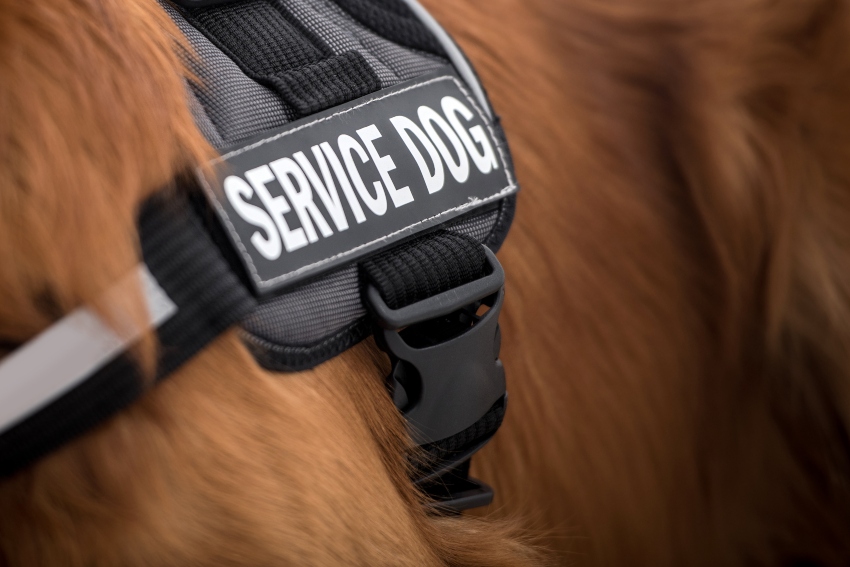New Federal Regulations for Emotional Support Animals
December 9, 2020 | Barna, Guzy & Steffen, Ltd.
The federal Department of Transportation has issued their long-awaited final rule regarding transporting emotional and service animals by air. This rule was enacted in response to the difficulties that airlines and other passengers were experiencing with various types of animals designated by the owner as an emotional support animal. The lack of clarity on the rights of individuals utilizing emotional support animals were highlighted in instances where fellow passengers were physically harmed by an unrestrained (and evidently untrained) animal nebulously characterized as an emotional support animal. Read on to learn more about the new federal regulations for emotional support animals as well as service animals.
Airline Authority
When the final rule goes into effect (30 days after it is published in the federal register), airlines will gain significant authority to regulate emotional support and service animals while flying.
Airlines are permitted to treat emotional support animals as pets.
Briefly stated, airlines do not need to treat emotional support animals as service animals. Rather, airlines may recognize emotional support animals as pets rather than service animals.
Airlines have also gained the ability to restrict service animals in a number of areas.
This final rule defines a service animal as a dog, regardless of breed or type, that is individually trained to do work or perform tasks for the benefit of a qualified individual with a disability, including a physical, sensory, psychiatric, intellectual, or other mental disability. This definitional limitation of a service animal as a dog provides a significant clarification of what constitutes a service animal as it relates to flying.
When the final rule goes into effect, airlines will be permitted to:
- limit the number of service animals that one passenger can bring onboard an aircraft to two service animals;
- require passengers with a disability traveling with a service animal to complete and submit to the airline a Department of Transportation (DOT) developed form attesting to the animal’s training and good behavior and certifying the animal’s good health;
- require passengers to complete and submit a DOT form attesting that the animal has the ability either not to relieve itself on a long flight or to relieve itself in a sanitary manner for flight segments of eight hours or more;
- require a service animal user to provide these forms up to 48 hours in advance of the date of travel if the passenger’s reservation was made prior to that time. As an alternative, airlines may require a passenger with a disability seeking to travel with a service animal in the cabin to provide the forms at the passenger’s departure gate on the date of travel;
- require that service animals be harnessed, leashed, or otherwise tethered onboard an aircraft; and
- include requirements that address the safe transport of large service animals in the aircraft cabin.
Additional Specifications
The final rule prohibits airlines from requiring that a passenger physically check in at the airport solely on the basis that the individual is traveling with a service animal. This part of the rule is intended to ensure that service animal users are not prevented from enjoying the same convenience-related benefits provided to other passengers, such as online and curbside check-in. Service animal users may use the online check-in process available to the general public.
Finally, the new rule specifies the circumstances under which the user of a service animal may be charged for damage caused by the service animal.
Read the final rule, entitled Traveling by Air with Service Animals.
The law firm of Barna, Guzy & Steffen offers dedicated attorneys who effectively and efficiently handle personal and professional legal needs with the highest level of professionalism. Speak with an experienced attorney today.


